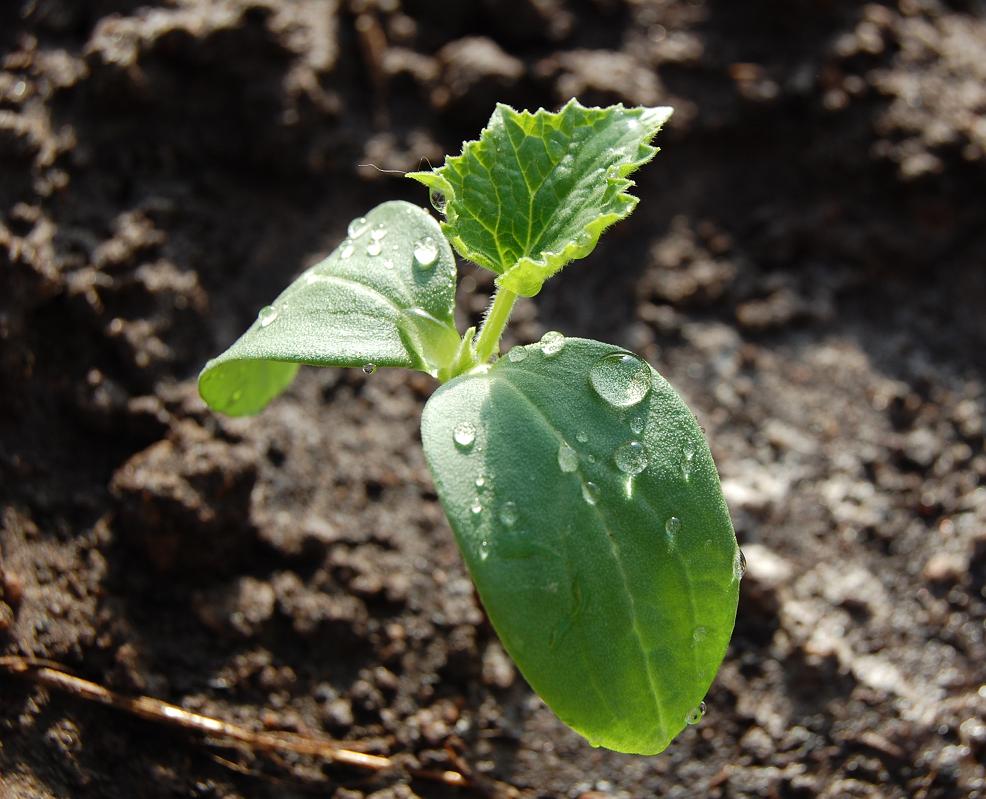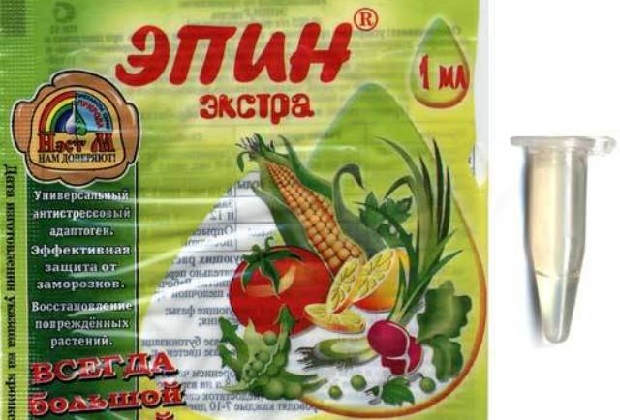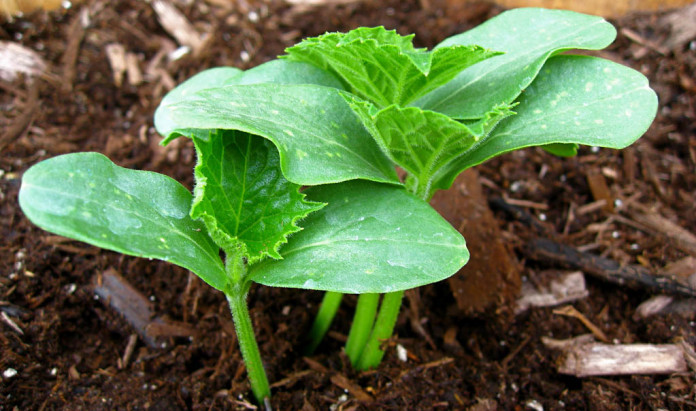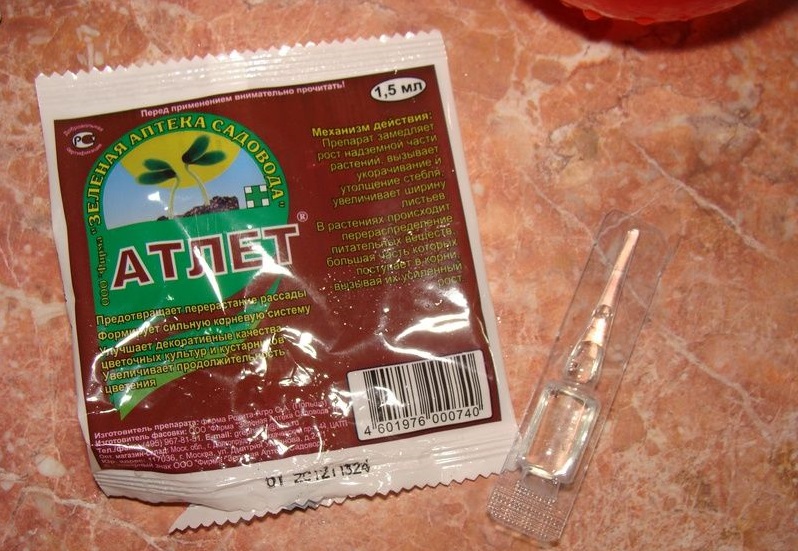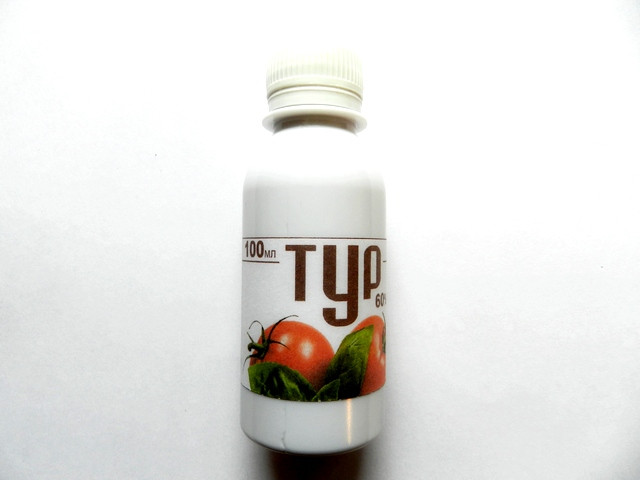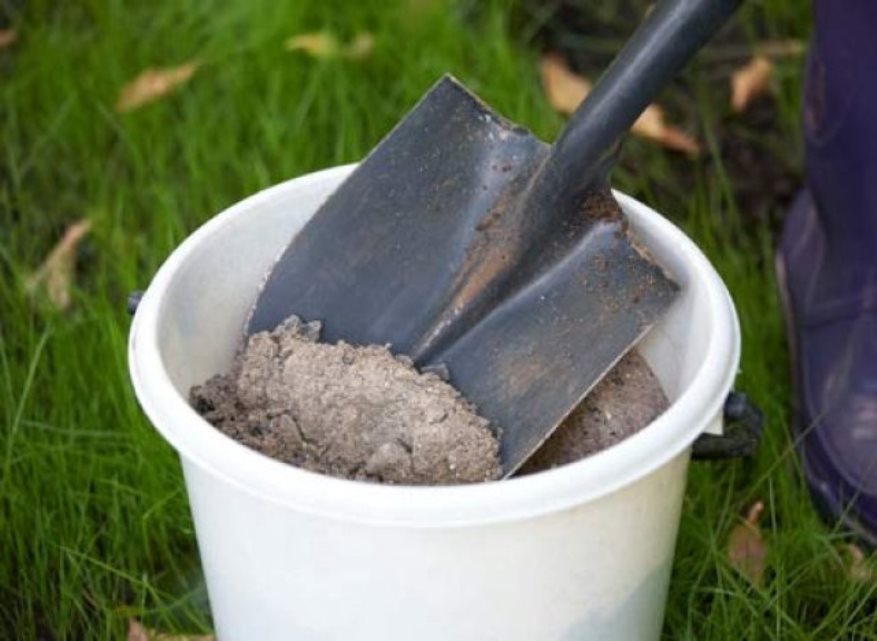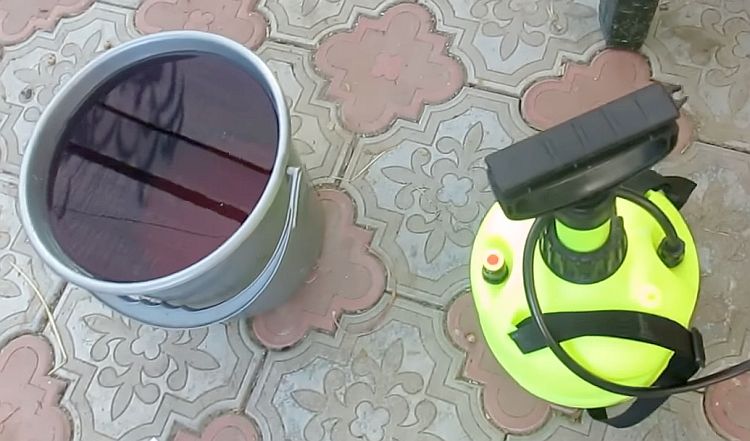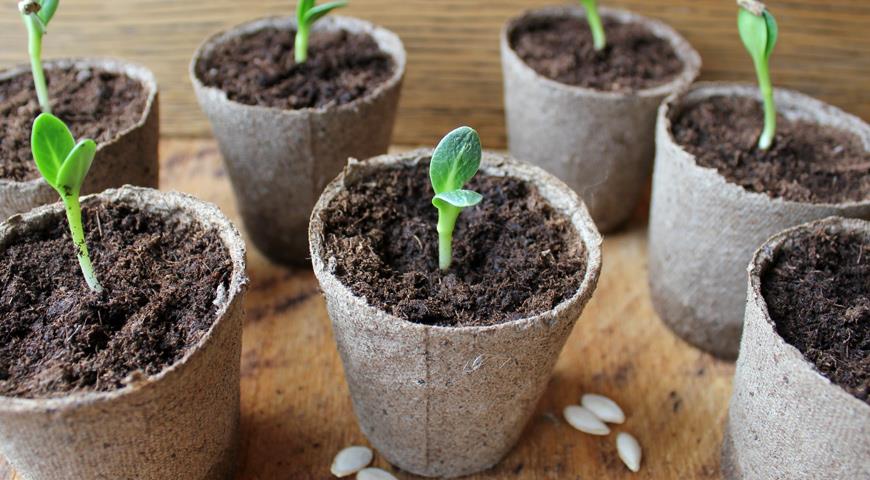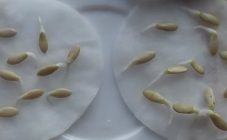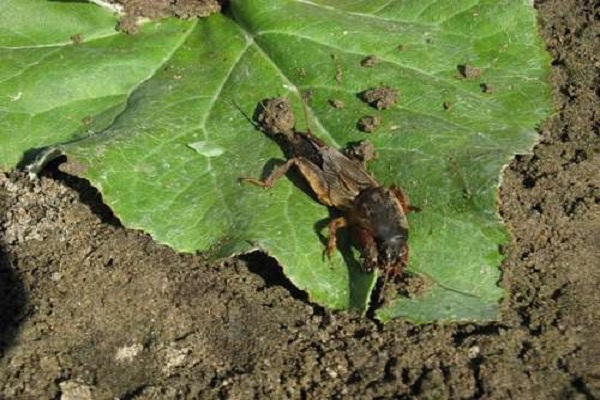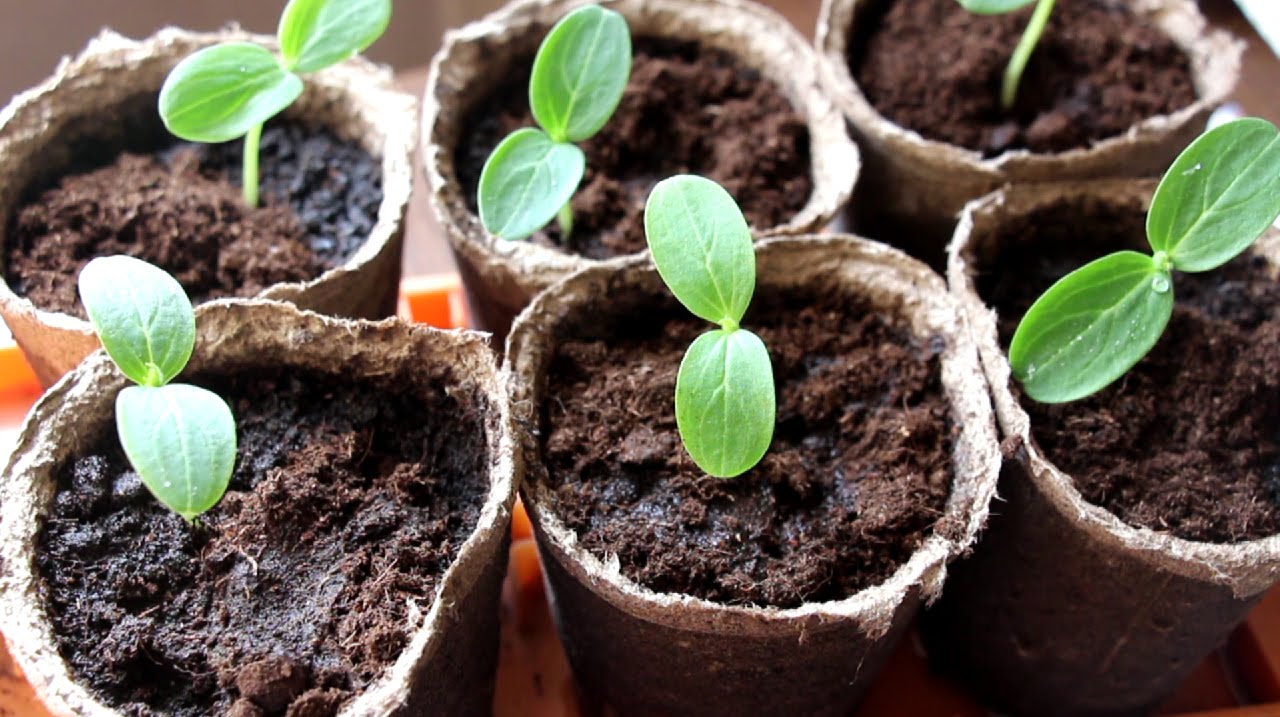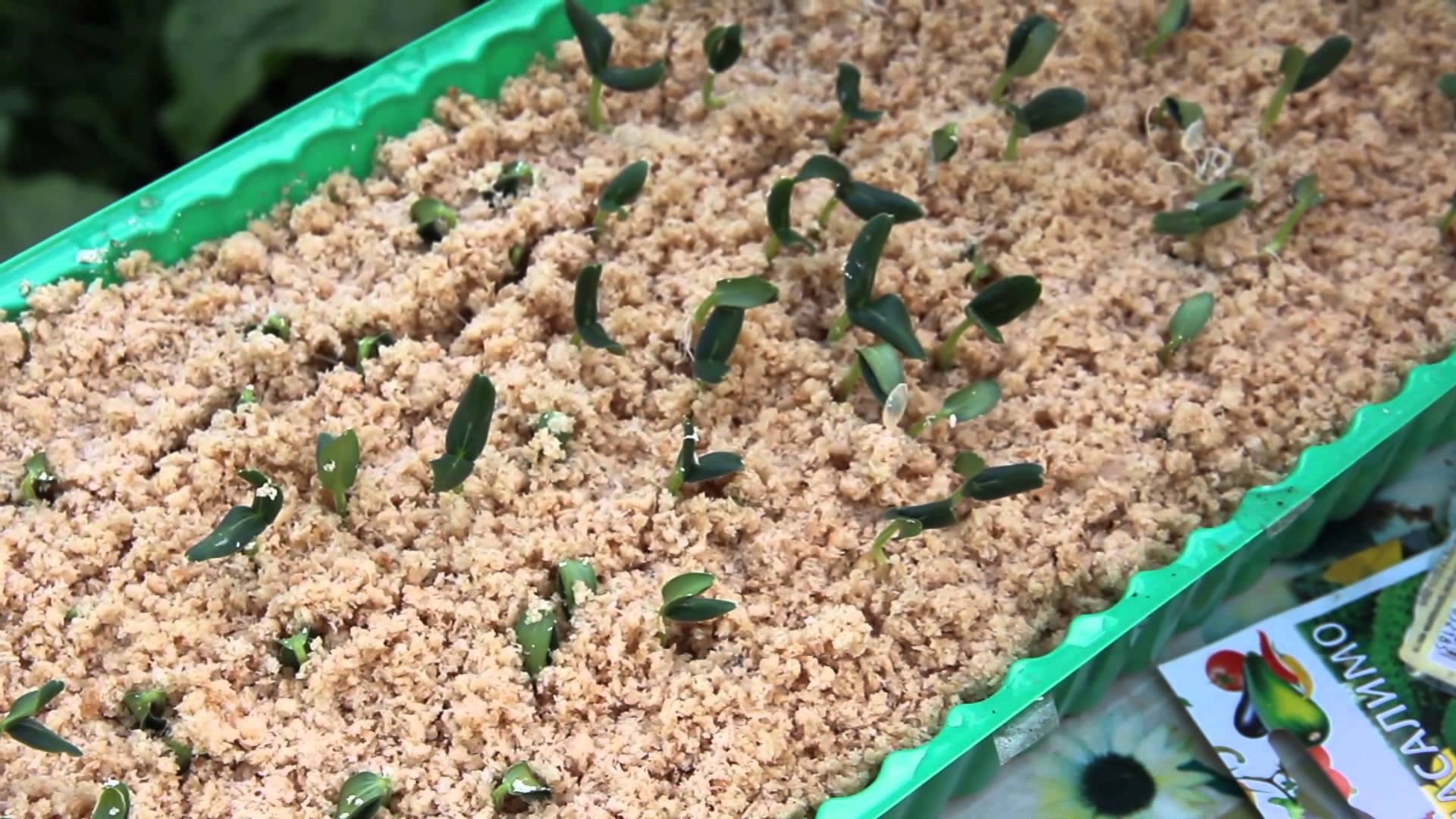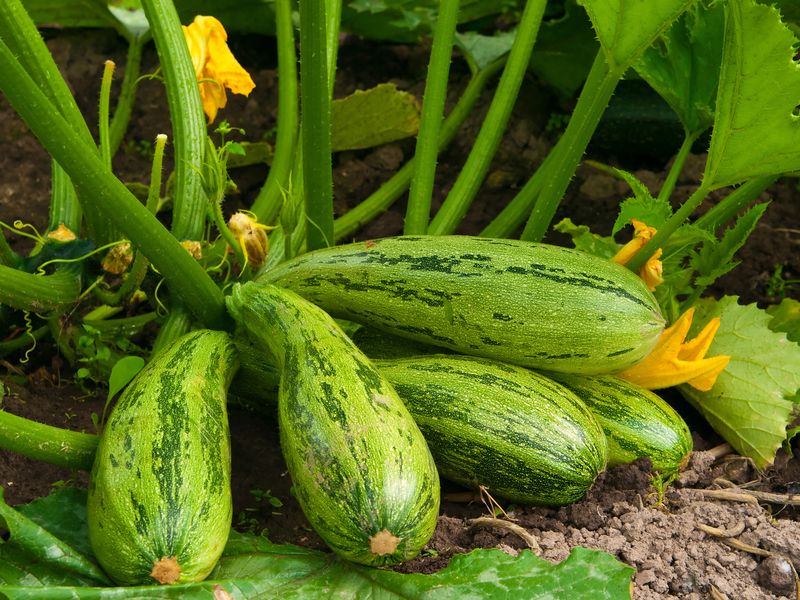Content:
Of course, many factors play an important role for healthy seedlings of cucumbers - high-quality planting material, high-quality soil and proper care. But for full development, timely and correct feeding is also required. This issue must be approached with full responsibility. And how to feed the seedlings of cucumbers, how to do it correctly - further.
Why do they feed cucumber seedlings
It is not necessary to be tormented by expectations, and to feast on cucumbers only when they appear on sale. You can also grow them at home. After all, as you know, culture is rather picky and can even grow on a balcony or windowsill. But at the same time it is important to remember that there is not enough sufficient lighting and timely watering; you will also need to feed the plant.
Seedlings are the very early life stages of any plant. The future harvest of the plant depends on this period. Top dressing should be aimed at creating the most comfortable conditions for the growth and development of culture.
Why is feeding for cucumber seedlings so necessary:
- Accelerated crop growth and an earlier fruiting process.
- Longer fruiting times and very often for a noticeable period of time.
- Fertilizers significantly increase yields and affect the taste of ripe fruits.
- With a properly selected feeding, the plant's immunity to many diseases increases.
How often do you need to fertilize, water the seedlings
As you know, cucumbers need very frequent watering. But they need to be fed at least as often. An approximate scheme for feeding cucumber seedlings:
- After 10-14 days of the appearance of the first shoots (no later). By this time, the very first 2 leaves are already formed. Fertilizers should only be organic.
- Organic fertilizers are also applied 14 days after the first feeding, but only in double quantities. It is worth paying attention to the fact that fertilizers should not fall on the green parts of the small crop.
- The next feeding will be carried out only after planting the plant in a new place, since the seedlings will suffer severe stress at this time. 5 days after planting, you will need pink potassium permanganate for the garden, which you just need to water the soil.
- Further, the interval between dressings should be within 10-15 days.
In addition to the standard sequence of dressings, additional additions of the necessary components may also be required:
- during the formation of buds;
- during fruiting;
- with slow growth;
- in case of yellowing of the foliage;
- if the yellowness from the foliage is transmitted to the fruits;
- with the onset of sudden cold weather.
Feeding methods
Of course, feeding cucumber seedlings is not an easy task, because the selection of the type of fertilizer will have to be approached with all responsibility. It is also necessary to properly prepare the tool and enter it in a timely manner.Here a number of questions arise: how to feed the seedlings of cucumbers, so that the stems are plump, fully developed, the formation of buds and the flowering process itself took place in a timely manner and correctly, and also so that the harvest is abundant and fruiting for a long time. The following are the most common feeding options.
"Epin"
Such a tool has been popular among summer residents for a very long time. The agent itself is an artificial biostimulant for plants. The essence of the drug's action is to activate the plant's own protective functions, which begin to independently develop immunity to aggressive environmental factors. This can be drought, frost or temperature extremes.
Plants that have been treated with "Epin" delight with a bountiful harvest that ripens much faster than untreated specimens. Fertilizer is used for foliar dressing or for soaking planting material.
It should be noted that at the present time such a drug as "Epin" is no longer on sale, but it was replaced by an improved form, which is called "Epin-Extra".
The biostimulant is available in ampoules (0.25 mg or 40 drops). Before use, you must carefully read the rules of preparation, since an overdose can lead to irreparable consequences. The most important information about the tool:
- during the preparation process, it is very important to mix the composition in the most thorough way;
- the solution retains its useful qualities for 48 hours, but it is recommended to use it freshly prepared;
- storage in the sun is strictly prohibited;
- it is better to choose a shady cool place for storage.
The use of the cucumber seed product is as follows:
- Make a solution: for 100 ml of water 1 or 2 drops of "Epin".
- Send seeds to this solution.
- Leave for 5 hours at 20 ° C.
Application of "Epin" for cucumbers is necessary after the appearance of the first 2 or 3 leaves. It is also worth repeating the procedure during the period of bud formation. For spraying the culture, it is necessary to prepare a solution: 0.025 g per 100 ml of water. The procedure is carried out in the early morning or late evening, since the sun's rays will negatively affect the quality of the feeding.
"Athlete"
The drug "Athlete" is also a kind of growth stimulator for seedlings. It is very popular among gardeners and has established itself as a very effective tool. The purpose of its use is to prevent overgrowth of seedlings and stimulate flowering processes. This is especially true for those who are trying to grow culture using a window or balcony of an apartment, where it is very difficult to achieve full lighting and a suitable temperature regime. Ultimately, the plant stretches upward, becomes thin and emaciated, and no flowering occurs.
When using the product, you must adhere to the following rules:
- During the treatment of the plant with the "Athlete" preparation, it is necessary to completely stop watering.
- With foliar top dressing, the soil is allowed to be moistened only the next day.
- Root dressing allows watering only 2 days after treatment.
- If it is planned to plant a culture in the ground, then it is required to stop the treatment with the drug 5 days before.
The use of the product almost always causes white spots to appear on the leaves of seedlings. But do not be afraid of this, since this is a normal phenomenon that will disappear without a trace in a few days.
Before starting processing, you must carefully read the instructions. In order to treat house plants, you must prepare the following solution: for 300 ml of water, 1.5 ml of a stimulant.
Cucumbers are processed with the product after two or three leaves appear. This applies to root feeding. But when choosing a foliar option, 3 procedures will be required, the interval between which should be 8 days.
"Tour"
The preparation "Tur" is a chemical preparation of biologically active action, which regulates the growth of plants, and also acts as a substance that prevents the growth of the vegetative mass of shoots in length. Available in ampoules from 5 to 10 ml in the form of 58-70% aqueous solution. The concentrate of the preparation is a thick liquid with a yellowish tinge, which is distinguished by an unattractive smell of rotten fish.
The use of the drug is necessary to prevent the growth of plants, which at this time have already reached the desired height. This is important if the seedlings have already reached the required parameters, and an unfavorable period for planting in a vegetable garden or greenhouse.
Yeast
Yeast is the most affordable and simple means for feeding cucumber seedlings. They are especially suitable for those who dislike chemical fertilizers. Thanks to this top dressing, the root system is significantly strengthened, the culture begins to set abundantly, the fruits ripen much faster and acquire a good taste.
As soon as the first full-fledged leaf of cucumber seedlings is formed, the simplest feeding with a yeast-based product will be required. For preparation, it is necessary to carefully crumble 100 g of raw yeast and put in a 3 liter container. Fill the container with water (22-25˚С), constantly stirring the composition, and then leave to infuse for 40 minutes. Dilute the solution with water and water the seedlings.
Often, yeast feeding is supplemented with ash, which is used when potash fertilizers are needed.
Ash
Ash contains all the necessary list of mineral and organic components for greenhouse seedlings. Especially when you consider the fact that the greenhouse becomes a breeding ground for fungal diseases that cucumbers are susceptible to, and the product of burning plant residues helps to get rid of them.
The greatest effect is provided by dry ash fertilizer, which must be scattered under the bushes before watering them. You can also prepare an infusion, for which take 200 g of ash and dilute in a bucket of warm water. Leave to infuse for 7 days. Then fertilize each bush with this solution. Ash infusion is most often used for open field conditions, where it saturates the plant, allowing you to get a strong and healthy bush.
Potassium permanganate
Watering cucumbers with potassium permanganate is a long-known folk method that allows not only to save the plant from many diseases, but also significantly strengthens it.
Fertilization with a manganese-based solution occurs in several stages:
- Disinfection of seeds occurs in a solution that is prepared at the rate of 3 g of manganese per 10 liters of water. The seeds are dipped in liquid for 20 minutes and then dried well. This makes future plants more resilient.
- An important condition for healthy plant growth is tillage before planting. To do this, you need to dilute 5 g of manganese in 10 water and water the soil well.
- Also, in the future, the wells are watered with such a solution before planting the seeds.
- In the future, each sprout of cucumber seedlings is sprayed with potassium permanganate. It is necessary to carry out the procedure three times with an interval of 2-3 days.
For greenhouse cultivation of cucumbers, it will be necessary to process the walls and soil from the outside of the structure.
Iodine
As a top dressing for cucumbers, iodine is very effective, since it not only has an antiseptic effect, but also has a good effect on the growth and development of the plant. Any variety after treatment with iodine becomes productive and endows with tasty, rich, vitamins fruits.
The simplest feeding is to add a few drops of iodine to the water, which is watered at the root of the plant. Frequent watering with such a solution is unacceptable, since an overabundance of the component leads to the curvature of the fruit.
Experienced gardening tips
- Often when growing cucumbers in a greenhouse, it happens that each leaf becomes pale, and in the future it turns completely yellow. This indicates a lack of nutritional components. To do this, it is worth feeding each bush with urea.
- Home cucumbers in the greenhouse often slow down their growth, while flowering begins to appear less and less. Here you need potassium-phosphorus fertilizer.
- Spring is the time for sowing cucumbers for seedlings. Experienced gardeners believe that the most favorable time for this is early April. In order not to disturb the culture with transplants (cucumbers do not like this), it is worth using peat cups for seedlings, which do not need to be opened before planting, they are sent directly into the ground.
- Winter is also suitable for growing cucumbers in a greenhouse. In order to get fresh cucumbers in January or February, it is necessary to plant seeds in September, and grown seedlings in the ground - no later than October.
- Oktyabrina Ganichkina, a candidate of agricultural sciences, recommends growing cucumber seedlings in eggshells. This technology allows you to get a developed plant with a strong root system, which is constantly fed with calcium.
To harvest a good harvest of cucumbers, you need to properly feed the bushes, observing the dosage and frequency.
